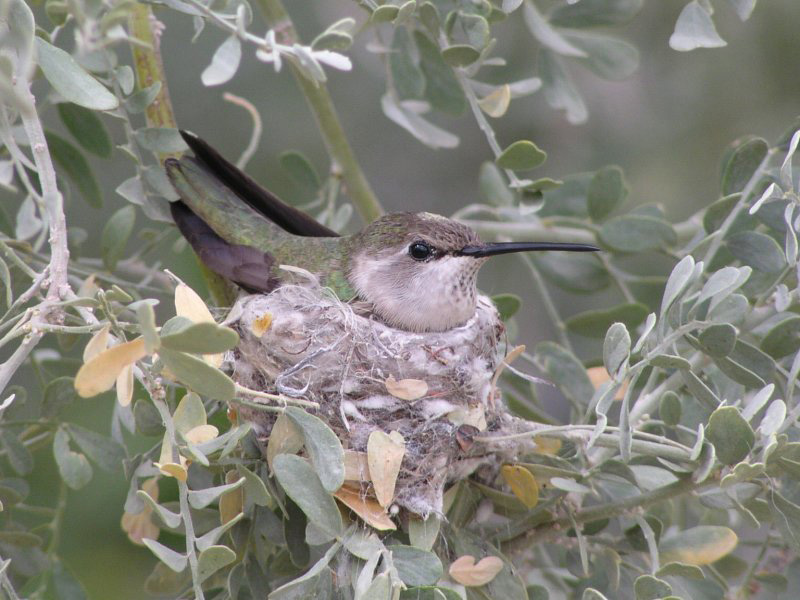 |
| Photograph by Tuxyso / Wikimedia Commons / |
When you first see a picture of the Steller's Sea Eagle you might believe it to be a cartoon character, but don't let its apparently silly looks fool you. This is a highly successful and powerful bird of prey. The Steller's Sea Eagle is on average about twice the size of the mighty bald eagle!
This eagle is named for Georg Wilhelm Steller, the German botanist, zoologist, physician and explorer. He observed the eagle in 1740 during Vitus Bering’s harrowing Second Kamchatka Expedition to the Kamchatka Peninsula in the northern Pacific off Siberia, then on towards Alaska in the disastrous and tragic finale of this voyage.
Steller's journal from this expedition makes for fascinating reading and is available for free perusing and download at the Internet Archive:
National Geographic presents:
Kamchatka: Siberia's Forbidden Wilderness
The San Diego Zoo notes that this eagle is often called the world’s most magnificent bird of prey, and has an informative web page on it:
The Internet Bird Collection has what must be the most extensive information page on the Steller's Sea Eagle, with many videos and sound bites:
The Steller's Eagle is considered to be the biggest and heaviest eagle on the planet with a wing span of over eight feet!
This video is great for showing the eagle's size compared to a human handler:
Eagles in the Snow: the BBC's intrepid explorer heads to the ice ridden ocean off Siberia. On his exciting kayak journey, he encounters different species of sea eagle and even a red fox! From the BBC's Japan's Secret Wilderness:
The International Union for Conservation of Nature’s Red List of Threatened Species gives the Steller's Sea Eagle's current conservation status as "Vulnerable":
The Institute of Wildlife studies has been involved in conservation issues with Steller’s Sea Eagles in Russia and provides a page about the the eagle and its conservation:















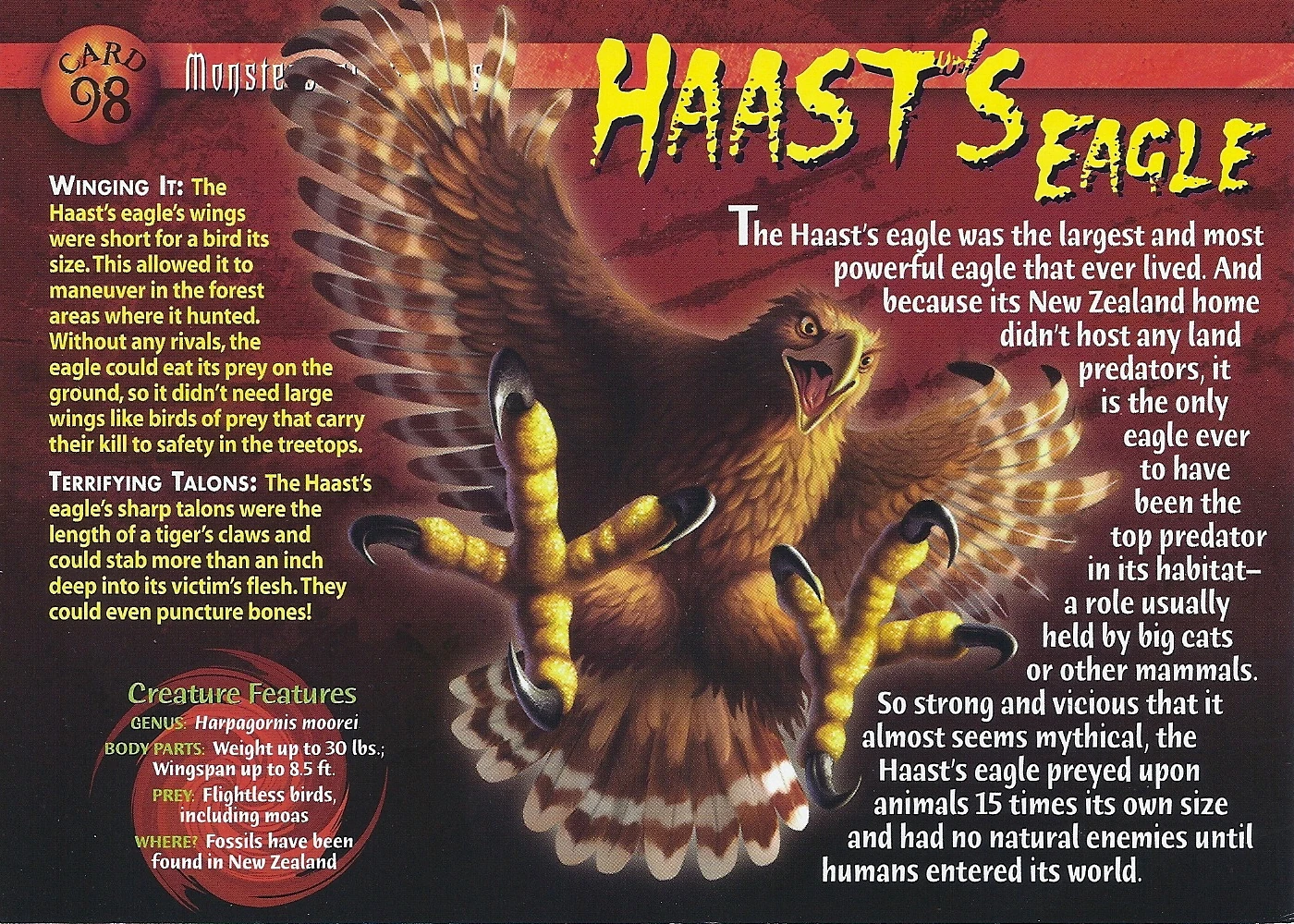
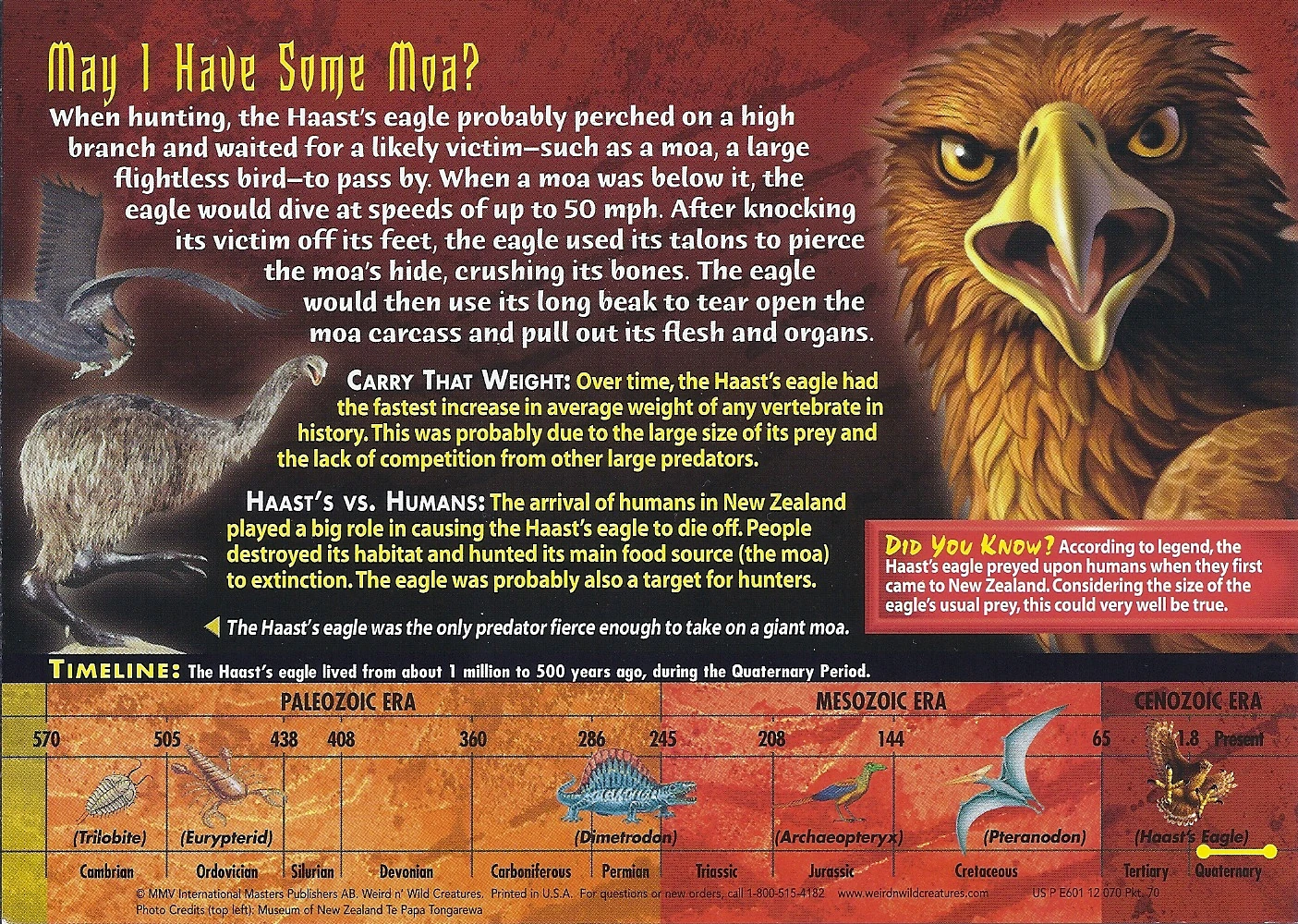



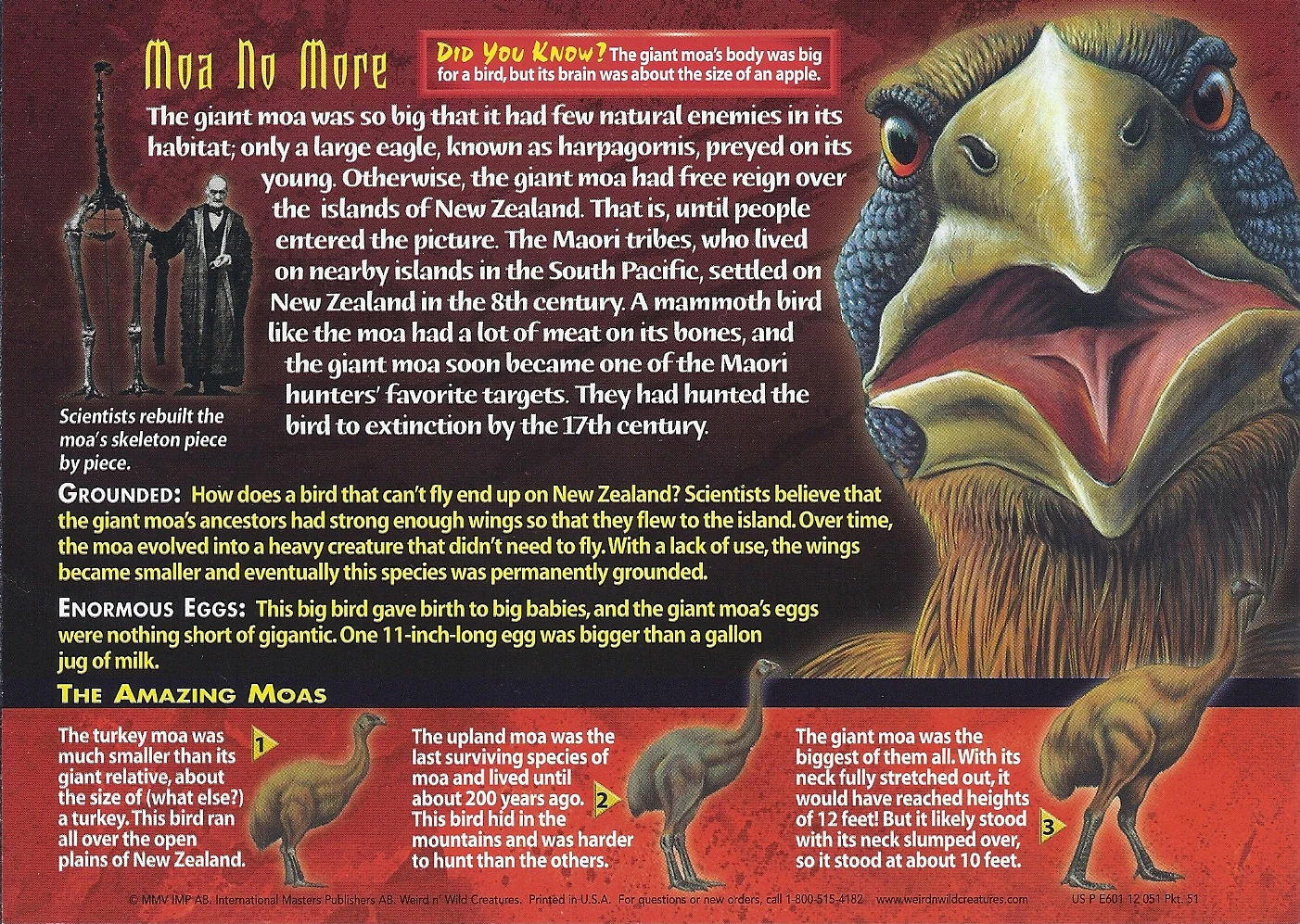



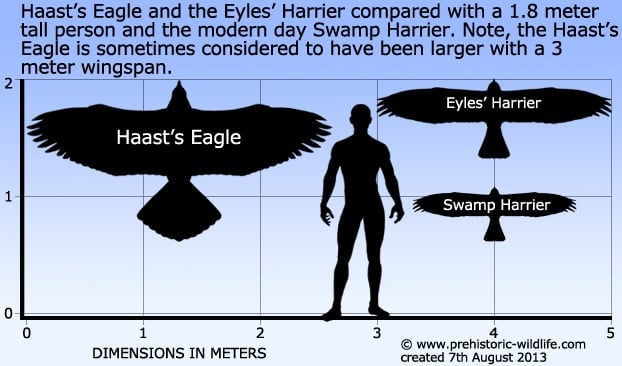
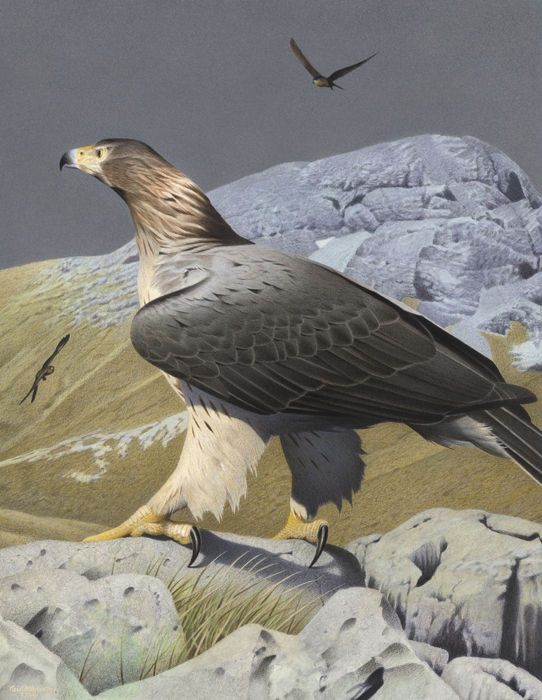

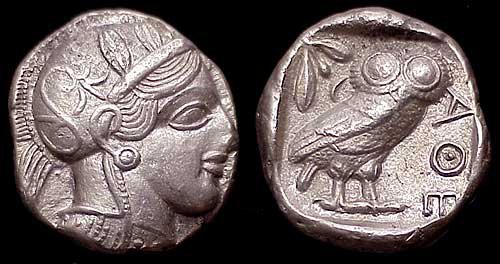





:max_bytes(150000):strip_icc()/rt-flying-58a6d76e5f9b58a3c9120072.jpg)
:max_bytes(150000):strip_icc()/mantling-58a6d7a23df78c345b5b70a0.jpg)
:max_bytes(150000):strip_icc()/hawk-prey-58a6d41e5f9b58a3c90b5c96.jpg)
:max_bytes(150000):strip_icc()/hawk-kettle-58a6d7a85f9b58a3c912493c.jpg)






